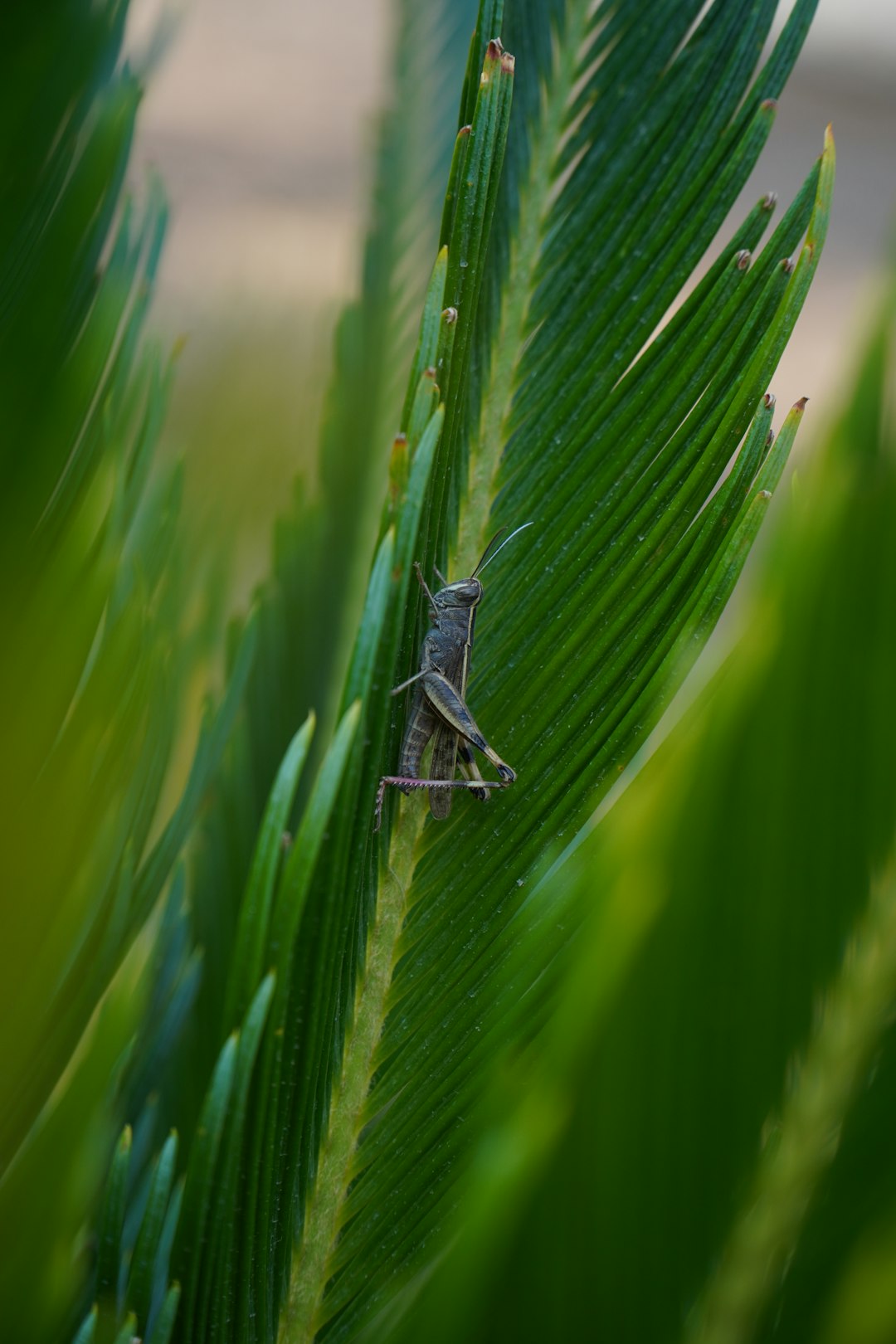The Secret Allies in Your Edible Garden: Nasturtium Companion Plants

In the world of edible gardening, the concept of companion planting has long been recognized as a natural and effective way to enhance the health and productivity of your garden. Among the many plants that can be used as companions, nasturtiums stand out as a true powerhouse. These vibrant and versatile flowers not only add a splash of color to your garden but also offer a multitude of benefits to the plants that grow alongside them.
One of the primary advantages of nasturtium companion plants is their ability to repel pests. Nasturtiums produce a strong scent that acts as a natural deterrent to many common garden pests, such as aphids, whiteflies, and cucumber beetles. By planting nasturtiums near your vegetables, you can help protect them from these harmful insects without the need for chemical pesticides. For example, planting nasturtiums around your tomato plants can help keep aphids at bay, which are known to damage tomato foliage and spread diseases.
In addition to pest control, nasturtiums are also excellent at attracting pollinators. Their bright, showy flowers are a magnet for bees, butterflies, and other beneficial insects, which play a crucial role in the pollination process. When these pollinators visit your garden, they help transfer pollen from one flower to another, ensuring that your vegetables produce a bountiful harvest. For instance, planting nasturtiums near your squash or melon plants can increase the number of pollinators in the area, leading to larger and more abundant fruits.
Another benefit of nasturtium companion plants is their ability to improve soil health. Nasturtiums have deep roots that help break up compacted soil, allowing air, water, and nutrients to penetrate more easily. This can improve the overall structure and fertility of the soil, making it more conducive to plant growth. Additionally, nasturtiums are known to accumulate certain nutrients, such as nitrogen, which they can then release back into the soil as they decompose. This natural fertilization process can help nourish your vegetables and promote healthy growth.
There are several vegetables that make excellent companions for nasturtiums. One of the most popular pairings is nasturtiums with cucumbers. Cucumbers are prone to attacks from cucumber beetles, which can cause significant damage to the plants. By planting nasturtiums near your cucumber plants, you can help repel these pests and protect your crop. Nasturtiums also attract pollinators, which can increase the yield of your cucumber plants. Another great companion for nasturtiums is tomatoes. As mentioned earlier, nasturtiums can help keep aphids away from tomato plants, which can improve the health and productivity of the tomatoes. Additionally, the bright colors of the nasturtium flowers can add a decorative touch to your tomato patch.
Peppers are another vegetable that benefits from being planted near nasturtiums. Peppers are often attacked by aphids and other pests, which can stunt their growth and reduce their yield. Nasturtiums can help repel these pests and protect your pepper plants. They also attract pollinators, which can increase the number of peppers produced. Squash and melons are also good companions for nasturtiums. These plants are often visited by bees and other pollinators, and nasturtiums can help attract even more of these beneficial insects to your garden. This can lead to better pollination and a higher yield of squash and melons.
When it comes to planting nasturtium companion plants, there are a few things to keep in mind. First, make sure to plant the nasturtiums close enough to the vegetables to provide effective pest control and pollination benefits. However, don't plant them too close, as this can crowd the vegetables and limit their growth. A good rule of thumb is to plant the nasturtiums about 6 to 12 inches away from the vegetables. Second, choose the right variety of nasturtiums for your garden. There are many different varieties of nasturtiums available, each with its own unique characteristics. Some varieties are more compact and suitable for small gardens, while others are more sprawling and can be used to cover larger areas. Finally, make sure to provide the nasturtiums with the right growing conditions. Nasturtiums prefer full sun and well-drained soil. They are also relatively drought-tolerant, but they will benefit from regular watering during dry periods.
In conclusion, nasturtium companion plants are a valuable addition to any edible garden. Their ability to repel pests, attract pollinators, and improve soil health makes them an excellent choice for enhancing the productivity and sustainability of your garden. By incorporating nasturtiums into your vegetable garden, you can enjoy a bountiful harvest of healthy, delicious vegetables while also reducing your reliance on chemical pesticides. So, why not give nasturtium companion plants a try in your garden this season?